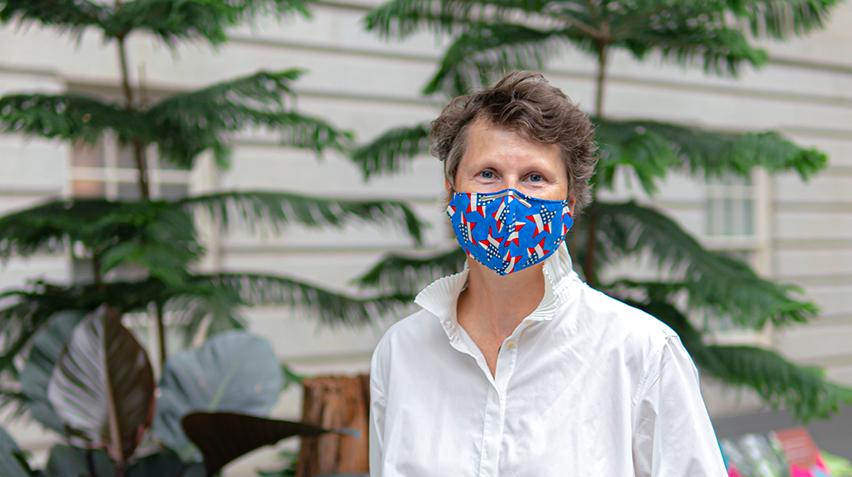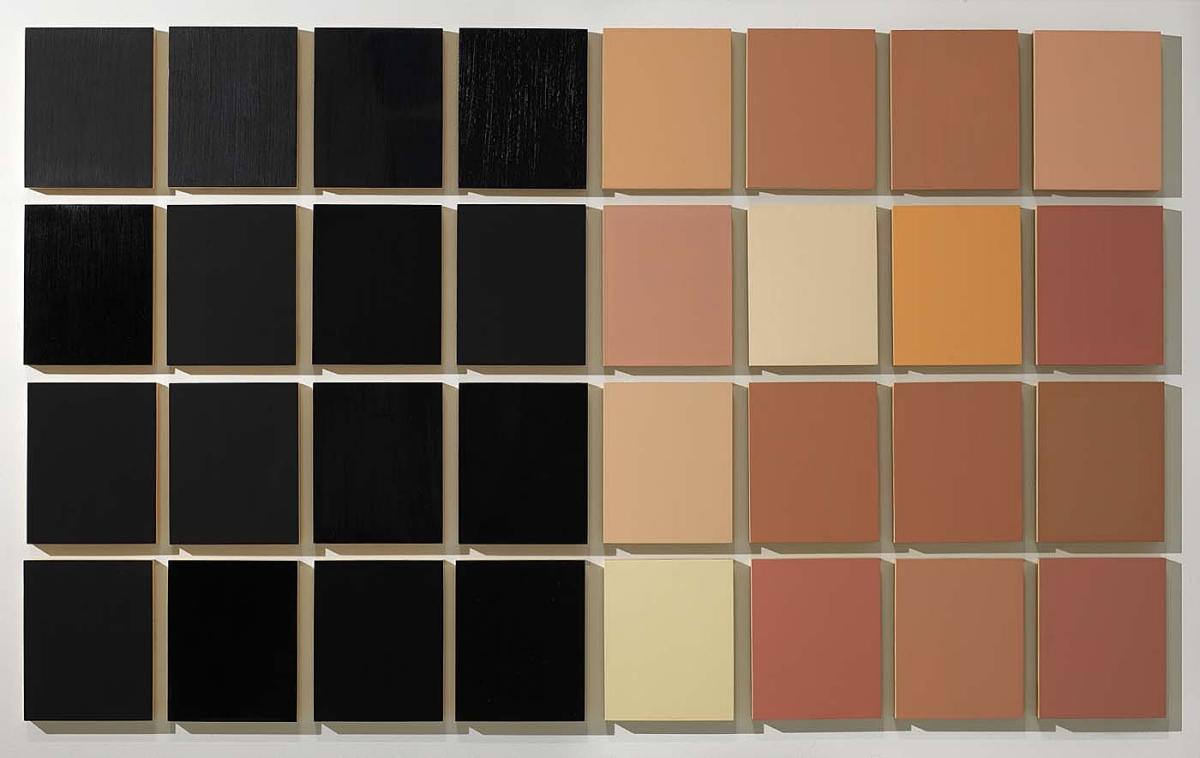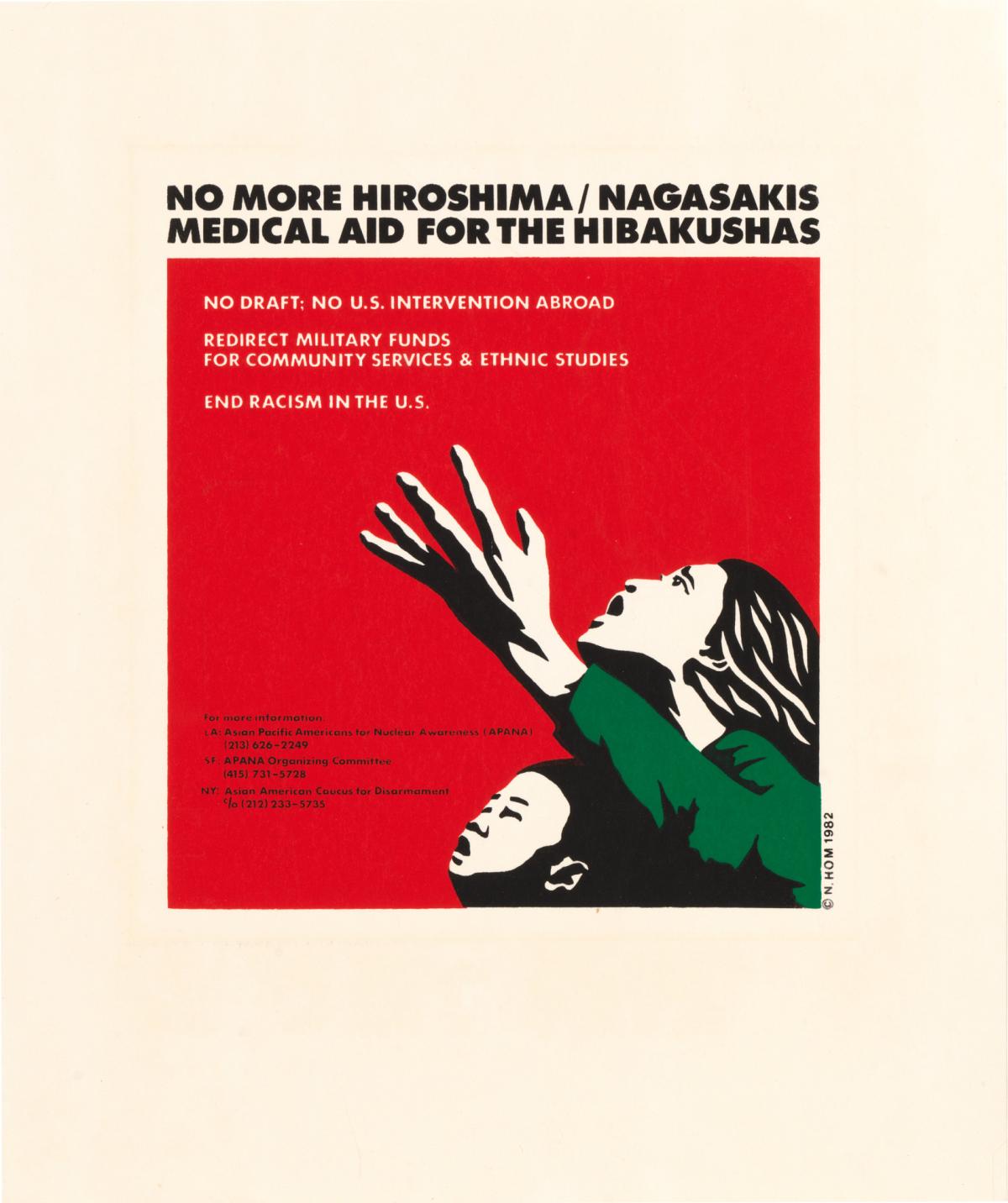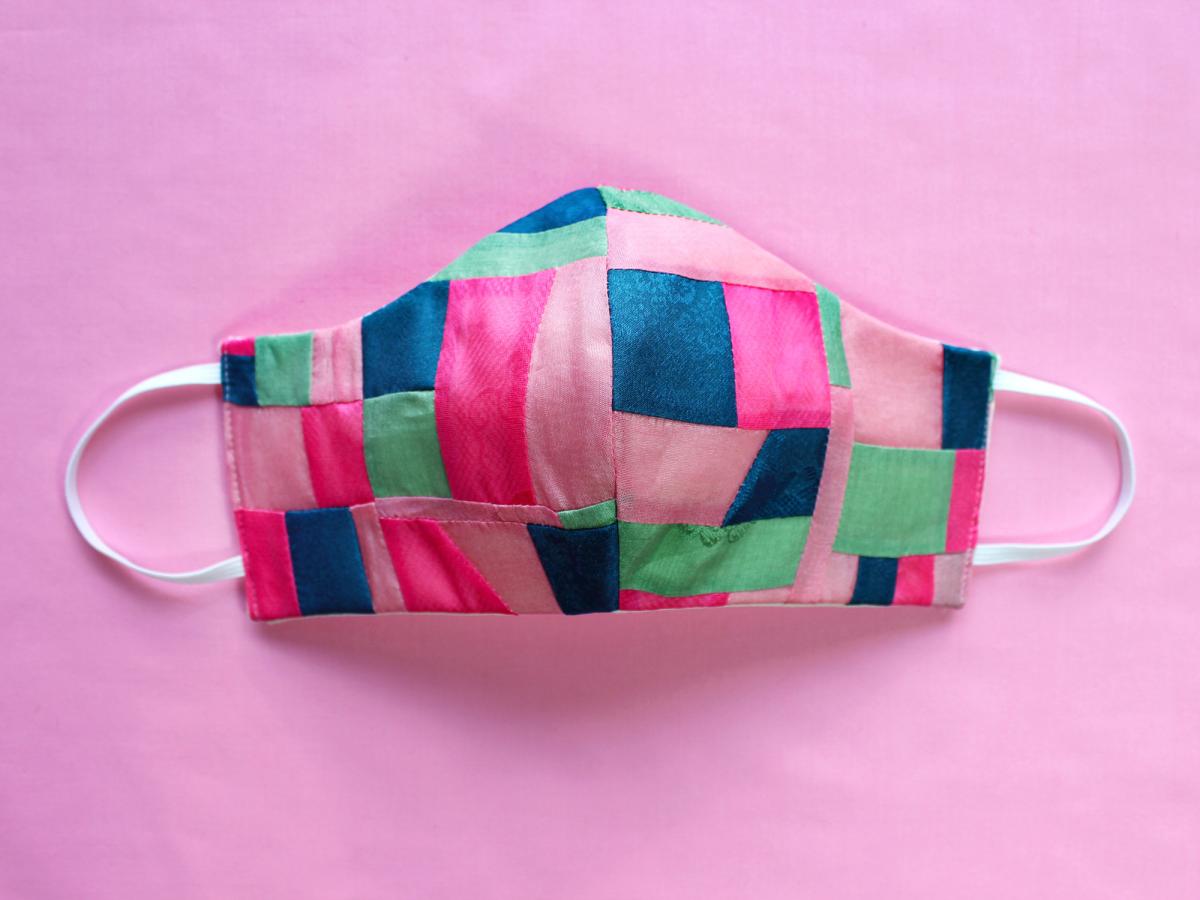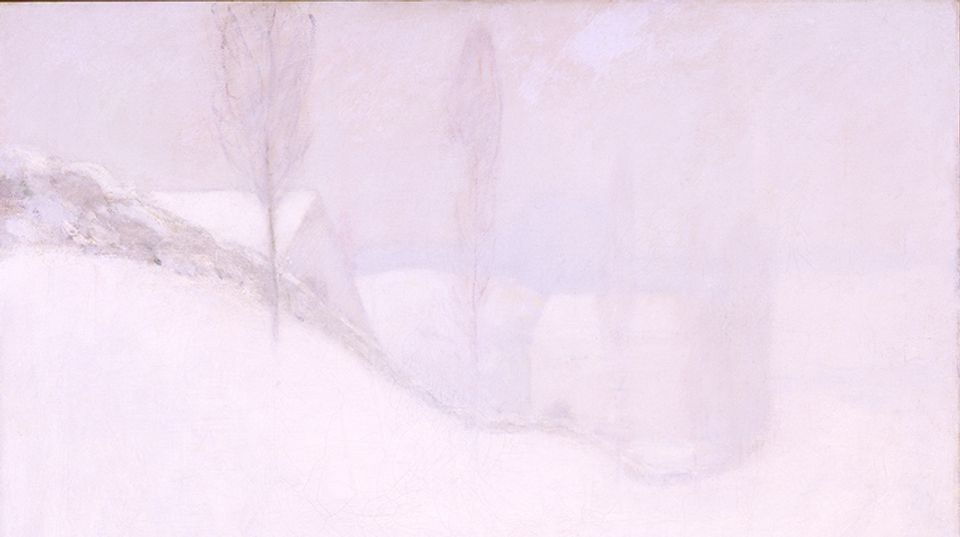
Dear Friends:
It is with enormous gratitude to our dedicated Smithsonian staff that I welcome you back to the Smithsonian American Art Museum and Renwick Gallery. Today, May 14, is the day that we reopen our doors with continued protocols in place to ensure the safety of every visitor as well as staff who have been working diligently behind the scenes to make today possible. I think we have all become experts in mask wearing and social distancing. Timed-entry passes to both our main building and to our Renwick Gallery are intended to ensure pleasurable—and safe—visits for all.
I know that many of you, like me, look to art not just for the pleasure it provides, but also for the mirror it often holds up to who we are in our current moment and collective history. I am honored to welcome you back during Asian American and Pacific Islander Heritage Month at a time when we have seen a troubling rise in attacks against our Asian American brothers and sisters.We stand with the Smithsonian Asian American Pacific Center in calling for “racial equality, justice and much needed-kindness and healing” not just during this highlighted month but throughout the year. We are all in this together.
It is that spirit of community and interconnectedness that is celebrated in Nam June Paik’s Electronic Superhighway: Continental U.S., Alaska, Hawaii, on view in SAAM’s third-floor Lincoln Gallery. The iconic artwork shows America’s fifty states (plus DC) as a plugged-in, pre-Internet series of electronic vignettes that explore the ways in which Paik, born in Korea, interpreted life in the United States after moving here in 1964. To me, it is a three-dimensional rendering of the words “We are in this together,” from the point of view of an immigrant, an artist, a futurist, and a celebrated global visionary. America is vast, but we are connected. Other artworks currently on view at SAAM that I like to highlight every day of the year, but especially during AAPI Heritage Month, include a multi-paneled meditation on race, Black and White, by Byron Kim and Glenn Ligon; the recently acquired video, My Dreams, My Works Must Wait Till After Hell by Girl (the incomparable duo Simone Leigh and Chitra Ganesh); and Tiffany Chung’s Reconstructing an exodus history: boat trajectories from Vietnam and flight routes from refugee camps & of ODP cases, which traces the incredible journey by sea and air to new homelands for fleeing Vietnamese refugees, a reminder of human migration paths throughout time.
The exhibition, ¡Printing the Revolution! The Rise and Impact of Chicano Graphics, 1965 to Now, explores how Chicanx artists and their cross-cultural collaborators have used innovative printmaking practices to advance the cause of social justice. Included in this powerful exhibition are works by Chinese-born multi-media artist Nancy Hom, whose work calls attention to the medical needs of the survivors of the Hiroshima and Nagasaki bombings during WWII; and Shizu Saldamando, who draws from her Latinx and Asian heritage to reclaim identity through portraiture.
At SAAM’s Renwick Gallery, generations of craft artists turn the material world into works of art. Artists of Asian descent currently on view include master furniture maker George Nakashima represented by his black walnut and hickory Conoid Chair; ceramic artist Patti Warashina, whose Convertible Car Kiln displays wit and humor and puts the brakes on the idea that kiln work—and fast cars—were only for men. Julia Kwon’s Unapologetically Asian is a face mask made of Korean silk that honors the artist’s ethnic identity during the rise of anti-Asian racism in the United States. I think the mask speaks volumes about the many difficulties of the past year and the power of art to offer moments of welcome transformation and beauty as well as needed protest and activism.
I invite you to come see all these—and many other—wonderful works of art in person.
We are still in this together,
Stephanie Stebich














